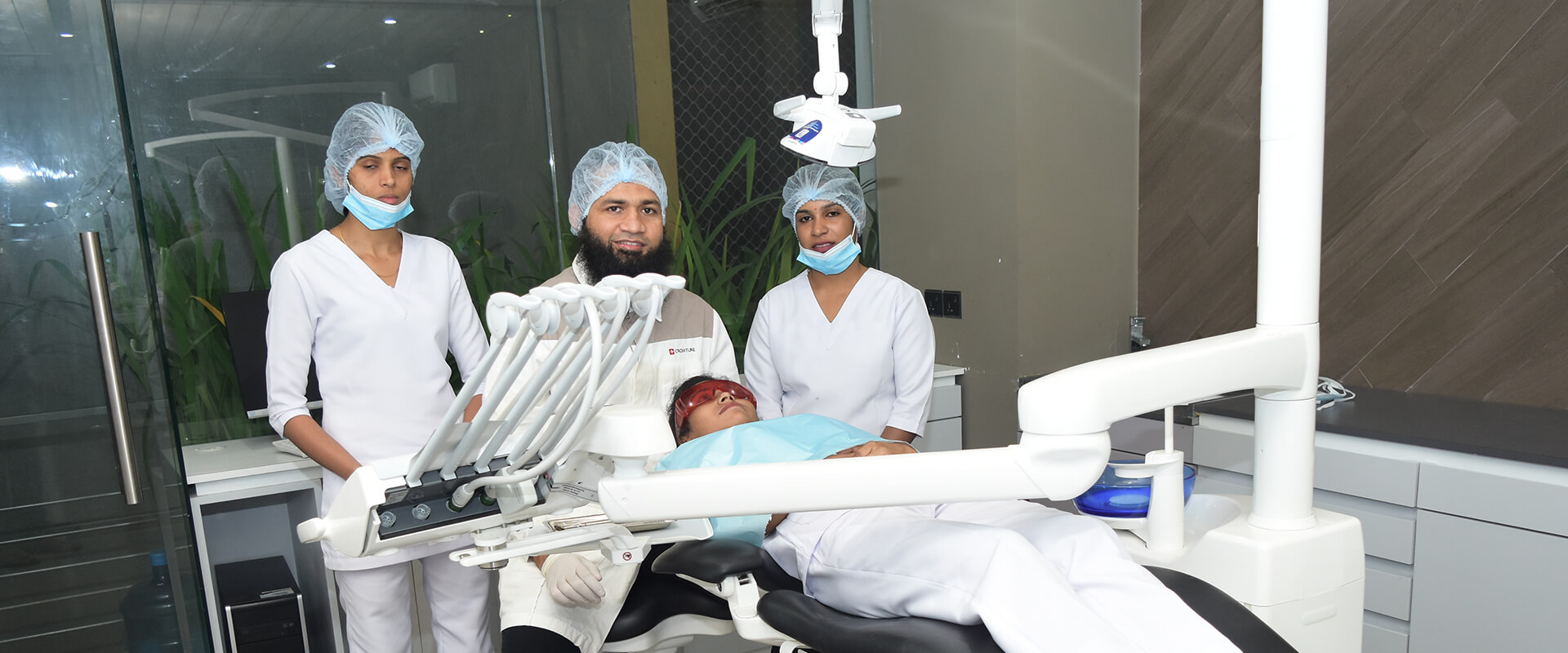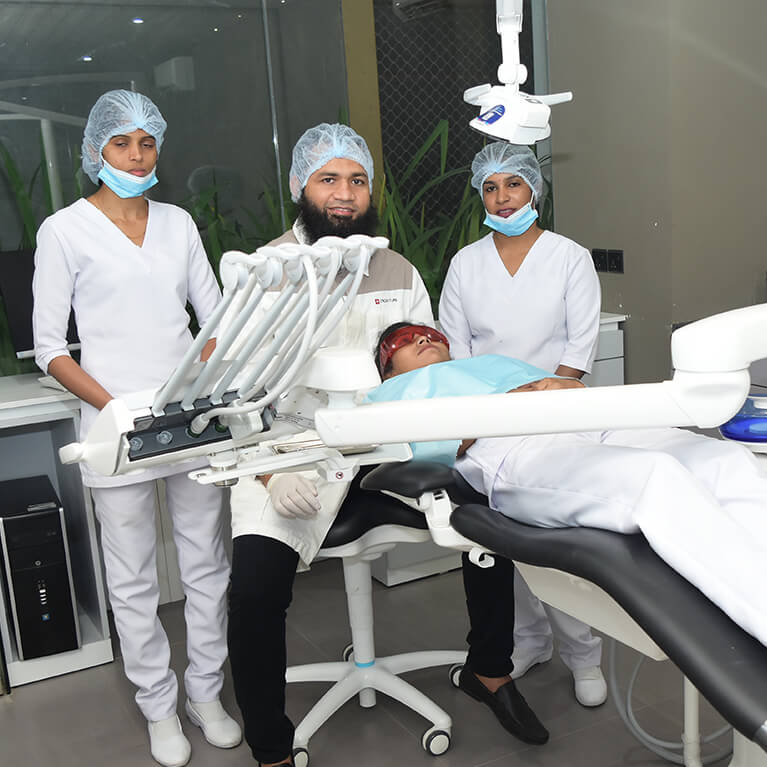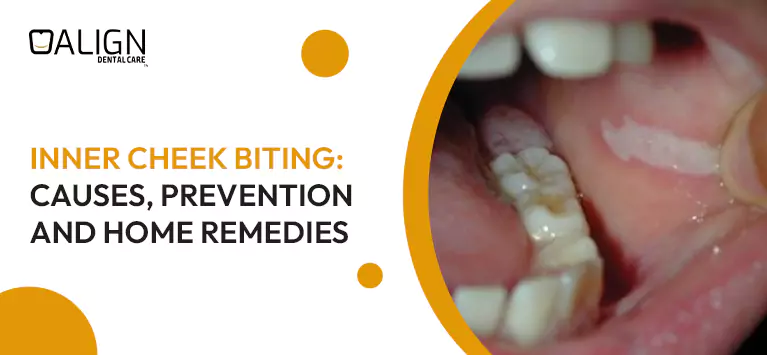
What Everybody Ought to Know About Tongue-Tie?
The underside of our tongue is connected to the floor of the mouth with a fold of tissue called lingual frenulum. In general, the tissue is thick and becomes thin, stretchy after delivery. In certain cases, the tissue remains thick and restricts tongue movements. This condition is called Ankyloglossia.
Such tongue-tie affects the baby’s ability to latch efficiently during breastfeeding. Similarly, it intervenes in the infant’s speech articulation, making them hard to pronounce some letters.
Luckily, it is not linked to any serious conditions but surgical procedures are available to release the web of tissue that limits the tongue’s range of motion.
What are the signs of ankyloglossia?
As mentioned earlier, infants with tongues have difficulties in latch during breastfeeding. In addition to this, infants and kids with tethered tongue show the following abnormal signs:
- The tongue looks shorter
- The tips of the tongue look differently shaped in people with tongue-tie.
- Difficulties in moving the tongue from side to side.
- The tongue cannot reach the mouth roof.
What are the types of Tongue Tie?
Depending on the type of frenulum, dentists categorize the degree of ankyloglossia as follows:
- Class 1 Tongue Tie – The tissues connecting the tongue and floor of the mouth is thin and elastic. In this type, the membranes are attached to the tip of the tongue. It is diagnosed with a heart-shaped portion in the tongue tip.
- Class 2 Tongue Tie – In Class 2 type, the frenulum is attached to the tongue about 2 to 4 mm behind the tip of the tongue.
- Class 3 Tongue Tie – In this case, the tissue is tight and less elastic. The ties are close to the base of the tongue whilst the frenulum is attached to the mid tongue and middle of the floor of the mouth.
- Class 4 Tongue Tie – Dentists call this condition “Posterior Tongue-Tie” because the web of tissues are attached to the back of the tongue. Such a tie makes the front end of the tongue elevates but the mid tongue cannot.
Different kinds of Tongue Tie Surgery
Dentists recommend tongue-tie surgery when they find the thick membranes intervene in speaking, feeding, and oral hygiene activities. Depending on the degree of ankyloglossia, the dental doctors prescribe any of the following surgical procedures:
- Frenotomy – This is the traditional procedure in which the web of tissues is slashed with a small scalpel to free the tongue. It is a minor surgical procedure where the injured tissue will heal within a few days.
- Frenuloplasty – It is prescribed for complex tongue-tie cases. The procedure involves cutting the frenulum and reattach it with sutures.
- Tongue-Tie Laser Therapy – Similar to frenectomy, it involves the process of cutting the frenulum but the difference is dentists use a laser to perform the surgery instead of a scalpel.
- Electrocautery Surgery – It is also a modified version of Frenotomy in which electricity is equipped to heat and cut the frenulum. Minimal bleeding and quick healing are its advantages.
Bottom line
Tongue-Tie is a minor condition that happens in some babies but it does not cause any serious illnesses. It can be addressed with minor surgical procedures as we have mentioned. Some people think that tongue-tie surgeries will cause side effects like dehydration, weight loss, breathing problems, and others. It happens in rare cases and for people who do not emulate the aftercare instructions properly.














